
Supermarkets are under increasing pressure to act on obesity, with some pledging to increase sales of healthy products by making them more affordable and attractive.
But while research suggests putting fruit & veg at checkouts can increase sales significantly, how can retailers encourage the one in five households now ordering groceries online each month to make healthier choices?
To find out, Nesta has been working with the Behavioural Insights Team to investigate how different behavioural ‘nudges’ affect consumers’ shopping baskets.
We found that changing the order items are presented to consumers is one powerful way of influencing shopping habits. A simulated online supermarket experiment found that displaying healthier foods at the top of product lists reduced the total number of calories purchased. This could readily be incorporated into search algorithms and category ordering to optimise for products that are healthy, profitable and palatable to consumers.
Another way to nudge consumers towards healthier shopping baskets is to suggest swapping products for healthy alternatives. An Australian supermarket found that offering healthy swaps prior to checkout reduced purchase of foods high in saturated fat, especially among older and more overweight customers. In the UK, the NHS recently launched a food scanner app to give customers more information on the nutritional profiles of different products and suggest healthier swaps.
When it comes to nutritional labels, research suggests they work best when they are simple, visual and colour coded. The Nutri-score label, which shows a single colour health rating per product, has proven to be the most effective in trials across Europe. France officially adopted the measure in 2017, and other countries including Germany, Spain and Switzerland are now following suit. The flexibility of the online shopping environment offers potential to explore the timing and placement of different labelling interventions. For example, websites could show individual product labels while consumers are browsing, or they could provide real-time feedback about what proportion of their overall basket is made up of red, amber or green foods.
No retailer will be surprised to hear that promotions and imagery can have a profound impact on customer behaviour. The placement of images and products on homepages and promotional pages not only encourages customers to buy those specific products, but may also make them more inclined to buy that type of product.
While there are a wide range of possible interventions to make online shopping environments healthier, however, there is surprisingly little evidence from the real world.
So we are now looking to work with retailers of all sizes to develop and test pragmatic, profitable interventions that make it easier for customers to live healthier lives.
If you’re interested in working with Nesta and the Behavioural Insights Team to develop innovative new ways of promoting healthy choices – whether online, in-store or both – then please get in touch.








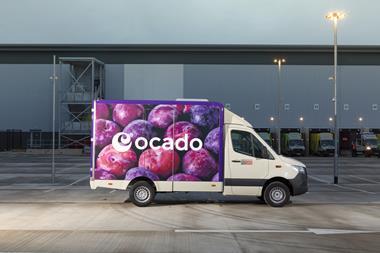

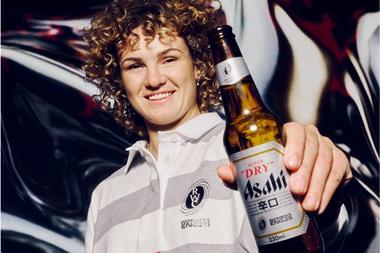
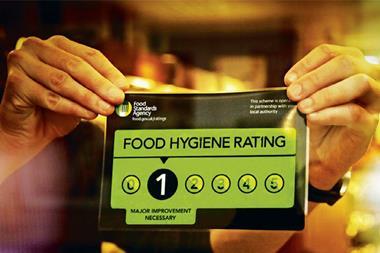
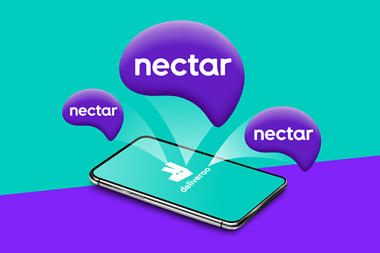
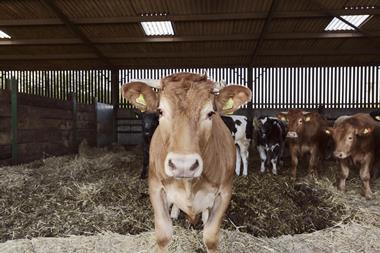





No comments yet